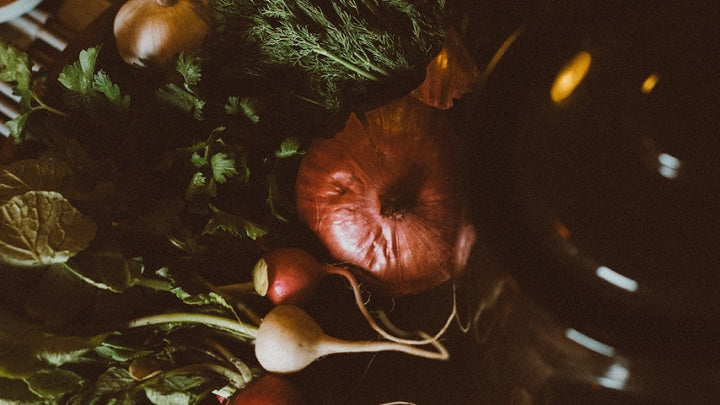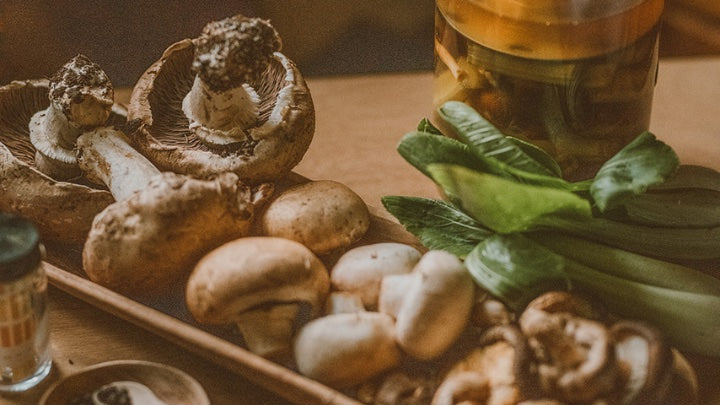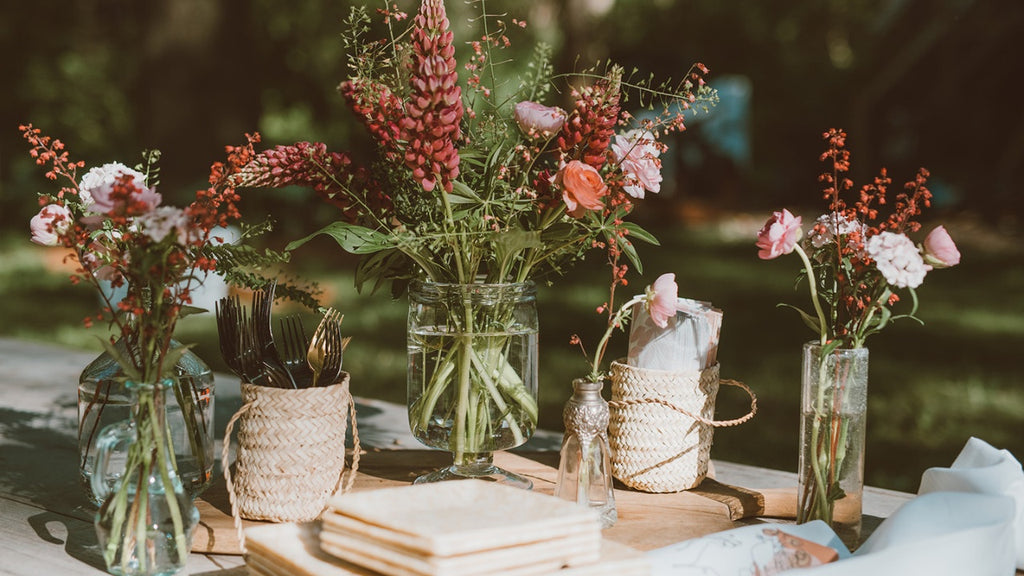The Product Diet™
Have you ever considered that the products you use daily might be affecting your health and weight?
In a recent eye-opening Instagram Live session (https://www.instagram.com/p/CrQ3acRBMmB/), we explored the concept of "The Product Diet" and discussed how the items we interact with daily can have significant consequences on our well-being. This blog post will dive deeper into this idea and share essential tips to help you make healthier choices.
The Hidden Culprits in Everyday Products:
It's easy to overlook the ingredients in the products we use, from personal care items to household cleaners. These products often contain chemicals and additives that can potentially harm our health. For instance, parabens and phthalates found in some cosmetics have been linked to hormonal disruptions. Similarly, many cleaning products contain volatile organic compounds (VOCs) that can contribute to respiratory issues and other health problems.
The Connection to Weight:
The chemicals present in everyday products can also impact your weight. Endocrine-disrupting chemicals (EDCs), such as BPA and phthalates, can interfere with hormones regulating metabolism, appetite, and fat storage, leading to weight gain. By opting for products with fewer harmful chemicals, you can reduce your exposure to these health hazards and better manage your weight.
Tips for Adopting a Healthier Product Diet:
-
Read Labels: Get into the habit of reading labels and familiarize yourself with common harmful ingredients. This will help you make informed decisions when purchasing products.
-
Go Natural: Choose natural and organic products whenever possible. These options typically contain fewer synthetic chemicals and are gentler on your body and the environment.
-
DIY Cleaning Products: Learn how to create your own organic cleaning products with everyday items like vinegar, baking soda, and essential oils. This not only reduces your exposure to harmful chemicals but can also save you money.
-
Store Food Safely: Avoid using plastic containers, especially for hot or fatty foods, as they can leach chemicals into your food. Instead, go glass! Glass is chemically inert and can be reused indefinitely. It also looks beautiful in your home.
Adopting a healthier "Product Diet" is an essential step towards improving your overall health and weight. By being more intentional with the choice of items you use every day, you can minimize your exposure to harmful chemicals and enjoy a healthier life. For more tips and insights, be sure to check out our Instagram Live session on this topic: https://www.instagram.com/p/CrQ3acRBMmB/.
Continue reading










